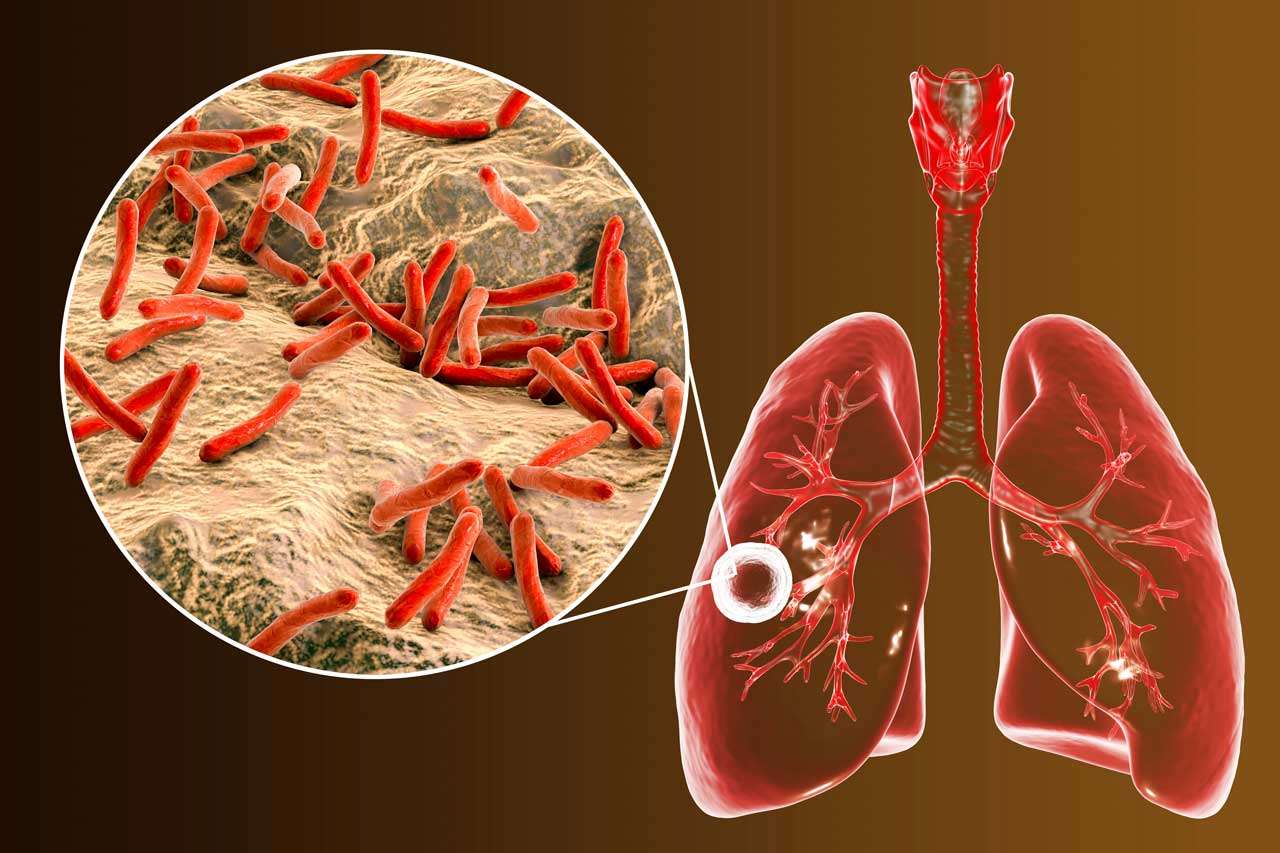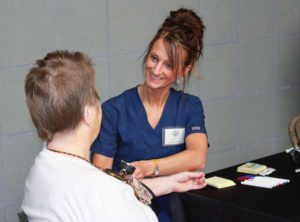The TB skin test (TST), which is performed using the Mantoux method, is the most commonly used test for diagnosing Tuberculosis. There are two types of TB disease: Latent and Active.
Interferon-gamma release assays (IGRA) specifically check if you have TB bacteria in your body, but will not determine if you are an active or latent type. It is important to remember that not all latent TB infections will convert into active TB. Let’s discuss these further.
Latent TB
It is good to think of Latent TB as being a sleeper cell of a terrorist bacteria called Mycobacterium Tuberculosis. The tuberculosis bacteria get inside your body and immediately go into hiding, living inside the very cells that fight infections – the white cells. The TB bacteria can thus go undetected for years. Tuberculosis bacteria also multiply ever so slowly, thus evading detection by your bodies’ troops.
This latent TB phase can last days, weeks, months, or years. Latent TB means that you have a TB infection, but the bacteria are not active yet or causing symptoms. According to the Mayo Clinic, about 2 billion people in the world have latent TB. It also isn’t contagious, but it can turn into active TB at any time, so it’s still important to keep an eye on it.
Active TB
On the other hand, active TB means that the bacteria started dividing and growing inside your tissues. Typically, the TB bacteria need a lot of oxygen, so they prefer living inside lung tissue where fresh oxygen is always available. Active Tb means you are contagious, and you will experience symptoms. Some symptoms of active TB include:
- Coughing that brings up phlegm
- Cough that lasts three or more weeks
- Coughing up blood or blood-tinged sputum
- Chest pain, especially while breathing or coughing
- Unintentional weight loss
- Fatigue
- Fever, esp. towards the evening
- Night sweats
- Chills
- Loss of appetite
Unchecked, TB can also affect other parts of your body including kidneys, spine, and brain. It is important to talk to your doctor immediately after a positive skin test result to get a treatment plan in place.
What Does a Positive TB Test Look Like?
Indurations that indicate a positive PPD test looks different for different kinds of people. Your previous health-related issues, plus your lifestyle can both affect your positive reading. For a healthy person who has a normal immune system, a pea sized hard swelling develops under the skin. If this “induration” is greater than or equal to 10 mm, the testing is positive.
False Negative and False Positive TB Skin Test
If there is no induration present at the site of the test, you most likely do not have TB. However, factors, such as viral infections, vaccinations, certain diseases, or medications, could generate a false negative or false positive result for a Tuberculin skin test. People who are on chemotherapy treatments, have the AIDS virus, or use steroids can experience a false negative result. Be sure to answer all your doctor’s questions honestly when giving your medical history so they can accurately read your test results.
Testing for TB infection may generate a false positive on people who got the BCG vaccine when they were younger. Sometimes the PPD is read as positive because of skin inflammation.
If blisters are present on that person’s arm, the medical professional needs to determine if it was an allergic reaction to the protein (hypersensitivity) or truly a positive result. It is quite common to have redness (called ‘erythema’) around the PPD injection site or have an allergic reaction to the glue in the tape. This glue upon the skin causes inflammation of the skin (contact dermatitis) which may have nothing to do with the underlying PPD injection. The health care worker must have medical knowledge and the right clinical experience to diagnose TB.
Problems With Tuberculin Testing
Not everyone has a typical immune response. For those, the test gets a little more specific. For example, if an induration measures 4 mm or more, the USCIS considers it a positive test for purposes of immigration forms. Only an induration is measured for the result, not the redness.
Guide to Skin Reaction Size
5mm And Above
An induration (size of skin reaction) of 5 mm can be indicative of TB for people who:
- Have suppressed immune systems
- Are HIV positive
- Have seen changes on chest x-rays that are consistent with the previous TB
- Are recipients of organ transplants or on steroids, chemotherapy drugs or TNF-Alpha-blockers
10mm Or More
If an induration measures 10 mm or more, it is positive if you:
- Are a recent immigrant (within 5 years) from a place with a high prevalence of TB
- Have recently spent more than a month in areas with a high prevalence of TB
- Are a resident or an employee working in a high-risk area (including hospital and urgent care staff)
- Use IV drugs
- Have kidney disease, diabetes, stomach surgery, certain cancers, Body Mass Index of less than 18.5%, silicosis.
- Under the age of 5.
15 MM
An induration of 15 mm or more is positive in a low-risk person who would otherwise not need PPD testing for screening for TB.
As you can see, there is a lot of personal medical history that goes into reading a positive result. If you want to talk to your doctor and ask questions about your skin test, you should seek out a testing center that you can trust, with doctors who will give you accurate and complete answers.
Statcare doctors can help you through treatment options and offer all the resources you need right at your appointment. No need to follow up or see additional doctors. You’ll get everything you need during your visit.
An important note on positive test results: your induration will likely not go away for 3-4 weeks. That is normal. If it becomes red and starts creating ulcers, talk to your doctors.
What Is A 2-Step PPD Test?
A 2-Step PPD test helps eliminate false-negative results. It is simply two tests done within two months of each other. Repeating the test after a 7-day interval boosts the immune response of an otherwise negative PPD. Most healthcare jobs require a 2-step test as it is more accurate than a single PPD.
Follow Up Tests for TB
Your care does not stop once you are read your PPD test results. If you test positive, there is no need to take the test again. Once you have been exposed to Tuberculosis, the TB skin tests will always come back positive for the rest of your lifetime. Hence, you should avoid getting a repeat test if you were positive before.
The follow-up conversations you’ll have with your doctor will include medication and symptoms management. TB responds to different medications uniquely, so getting treatment as soon as possible will help you maintain a healthy lifestyle.
You’ll want to schedule 2 chest x-rays, one year apart, to monitor your lung function after your initial diagnosis. If the chest x-ray is negative, you may still qualify to get treated for Latent TB.
If your chest x-ray is positive, then you need workup and treatment for Tuberculosis. This includes seeing a chest specialist and getting three samples of your coughed-up sputum tested for Acid Fast Bacilli. The test is called “Sputum for AFB’s”. Based on those results, you may need medical treatment as per WHO guidelines or CDC (Centers for Disease Control and Prevention) guidelines.
Women who are pregnant will also need special care, so keep in touch with your doctor as you manage your TB.
On the other hand, a negative result doesn’t mean that you will remain negative forever. Everyone should consider taking an annual PPD test, but especially if you fall into one of the more vulnerable categories listed above. At all Statcare locations, you can get an accurate PPD test read by a doctor you trust, for only $40.




